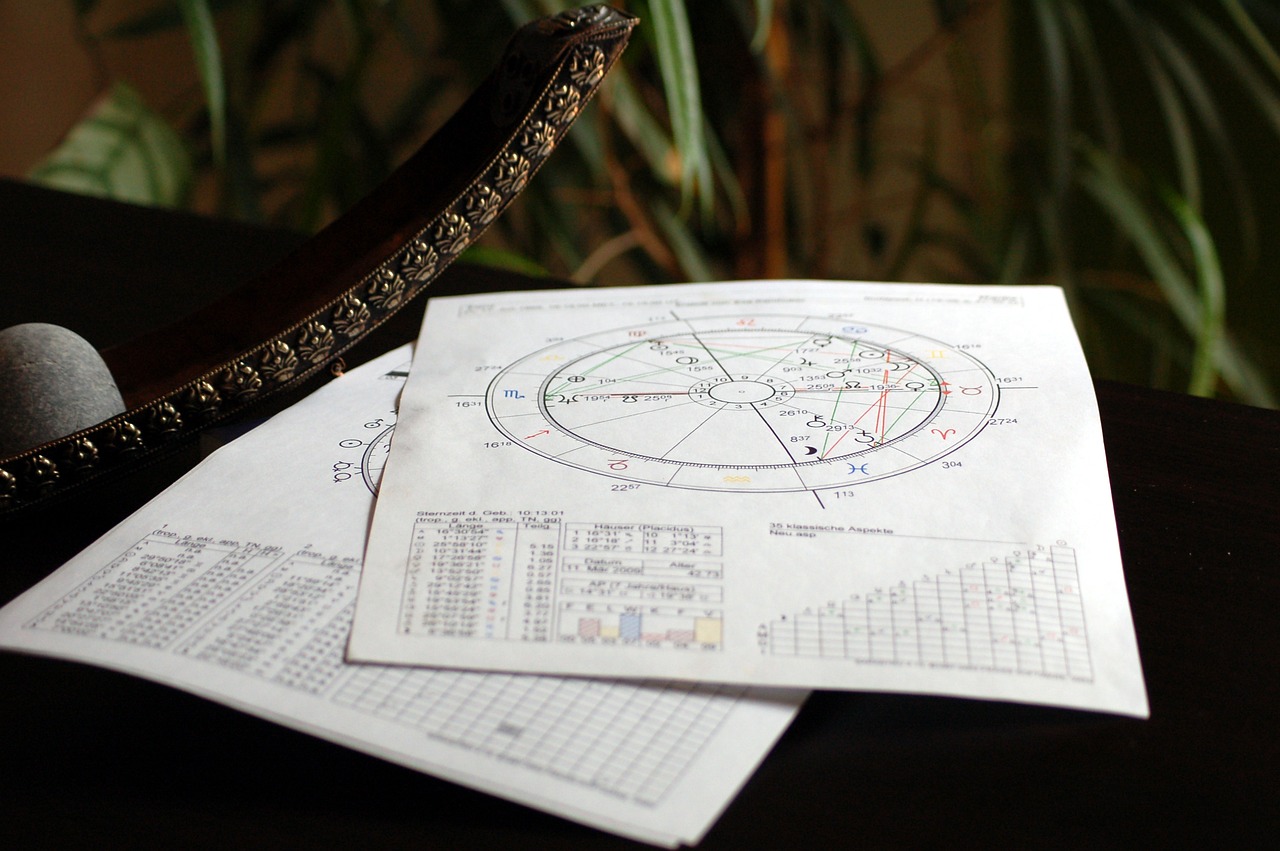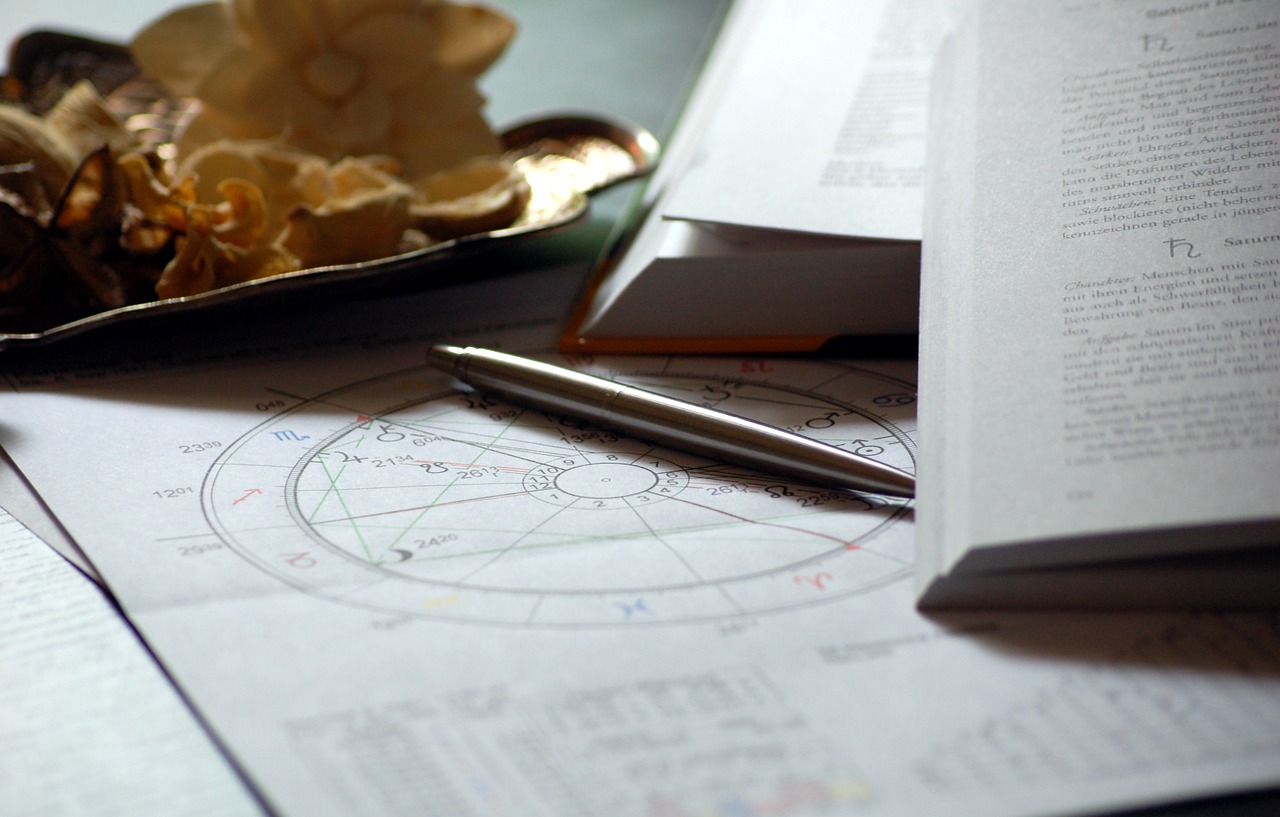House Systems
THE DIFFERENT WAYS OF CALCULATING HOUSES
25 August 2024

Houses, like zodiac signs, are one of the fundamental concepts in astrology. These twelve divisions of the astrological chart hold significant sway in interpreting different aspects of life, from personal relationships to career paths. However, the method used to calculate these houses can vary dramatically depending on the chosen house system. This article will explore the four most popular house systems: Placidus, Porphyry, Equal Houses, and Whole Sign. Each of these systems has its unique approach to dividing the sky, and understanding them can offer profound insights into astrological readings.
Placidus House System

The Placidus house system is the most widely used house system in Western astrology today. It is a quadrant house system, meaning it divides the chart by the four directions: North, East, South, and West. Since North and South change locations throughout the day, the houses vary in size. With some houses being larger or smaller than others.
To calculate the size of the houses, Placidus divides the time it takes for the Ascendant (East) to rise to the Midheaven (North/South) into three equal parts, and then again from Midheaven to the Descendant (West). This method is a time-based system that emphasizes the importance of the angles, particularly the Ascendant and Midheaven, making it highly sensitive to the location of birth.
Placidus' ability to reflect the uneven distribution of signs in the houses is the key features of its system. For example, some houses may include only one sign, while others up to three or four. Another example are interceptions, where one sign is "sandwiched" between two signs in a house. The varying number of signs in each house can indicate varying levels of activity and focus in different life areas. This makes the Placidus system particularly useful for modern and psychological astrology, where the emphasis is on understanding the varying perspectives of the individual.
Porphyry House System

The Porphyry house system, named after the 3rd-century philosopher Porphyry, is one of the oldest quadrant house systems still in use today. The system divides the space between the Ascendant and the Midheaven into three equal parts, and then does the same for the space between the Midheaven and the Descendant. This results in twelve houses of varying sizes like Placidus, but where all houses in each quadrant are equal in size.
Porphyry's method offers a balance between simplicity and the more complex time-based systems like Placidus. Its strength lies in its ability to provide a chart that is both easy to understand and rich in interpretive potential. With equal houses in each quadrant, it is a popular choice for astrologers who seek a middle ground between equal houses (described below) and more complex divisions. Porphyry is particularly favored in traditional astrology, where the emphasis is often on practical interpretations and the balance of planetary influences within the chart.
Equal House System

The Equal House system is one of the simplest and oldest house division methods, dating back to ancient times. As its name suggests, the Equal House system divides the sky into twelve equal parts, with each house occupying exactly 30 degrees of the 360-degree sky. The Ascendant marks the beginning of the first house, and each subsequent house follows in a uniform manner. This method eliminates the complexities of calculating unequal house sizes, providing a straightforward and easy-to-read chart.
Advocates of the Equal House system appreciate its consistency with nature and the visible sky. While other house systems skew the sky based on the four directions (as described above), or the signs (like Whole Sign below), Equal keeps the sky exactly how it appears visually. The highest part of the chart in Equal House is the highest part of the ecliptic in the sky. True north and south (MC and IC) can still be plotted in the chart, while their locations do not skew the sky as we see it. Furthermore, this system provides a balanced representation of life areas, ensuring that no single aspect of life is overemphasized or diminished.
This is the house system that we use with True Sidereal Astrology, which uses the actual constellations in the sky. By using equal divisions of the sky, True Sidereal Astrology ensures that the sky remains intact and no part of the real sky is given more weight than another. The Equal House system excels in its clarity and ease of use, making it an excellent choice for beginners and seasoned astrologers alike. To see which houses correspond to which signs in your true sidereal chart, use our sidereal birth chart calculator.
Whole Sign House System

The Whole Sign house system is one of the most ancient and straightforward approaches to house division in astrology. In this system, the zodiac sign that rises on the eastern horizon (Ascendant) at the time of birth becomes the first house. Each subsequent zodiac sign follows in order, with each sign fully occupying one of the twelve houses. This results in a chart where each house is equal when using the even 30-degree signs used in traditional astrology.
Although most commonly used in the East with Vedic Astrology, Whole Sign houses have seen a resurgence in popularity in recent years in the West, particularly among practitioners of Hellenistic and Vedic astrology. The simplicity of this system is one of its greatest strengths. By assigning each zodiac sign to a specific house, Whole Sign houses eliminate the confusion of intercepted signs or uneven house sizes. This system allows astrologers to focus more on the planetary rulers of each house, providing a clear and direct method for interpreting the chart. Whole Sign houses are especially valued for their ability to clearly delineate the themes of each house and how they relate to the planets and signs involved.